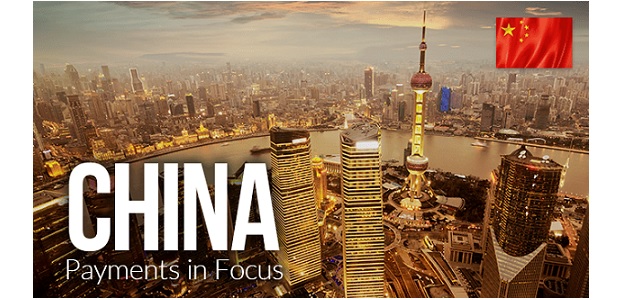
The Chinese card payments market is expected to grow by 3.7% to reach CNY141.1 trillion ($19.9 trillion) in 2024, supported by a constant consumer shift towards non-cash payments, says GlobalData, a leading data and analytics company.
GlobalData’s Payment Cards Analytics reveals that card payments value in China reached CNY136.0 trillion ($19.2 trillion) in 2023, registering a healthy compound annual growth rate (CAGR) of 3.8% during 2019-23.
Shivani Gupta, Senior Banking and Payments Analyst at GlobalData, comments: „China is the world’s largest payment card market in terms of transaction value, well ahead of developed countries such as the US. Chinese consumers are increasingly adopting payment cards, spurred by a strong banked population, government initiatives to push digital payments, rising consumer preference for electronic payments, and the expansion of payment acceptance infrastructure in the country.”

The growth of card payments has also been supported by government initiatives to push cashless payments. In April 2024, the People’s Bank of China, the country’s central bank, along with the Ministry of Culture and Tourism, the State Administration of Foreign Exchange, and the State Administration of Cultural Heritage departments, issued a notice to encourage electronic payment acceptance in the country. As part of this, government agencies are required to provide adequate acceptance payment infrastructure, enabling consumers to pay for cultural and tourism transactions digitally using debit/credit cards and digital wallets.
Gupta adds: „The central bank’s decision to open up card payment space, which was primarily dominated by China UnionPay, to international players like American Express and Mastercard will enable them to process domestic card payments thereby bringing in more competition.”
Among the card types, debit cards are preferred over credit and charge cards, accounting for a 59.9% share of the overall card payment value in 2023. Debit cards are increasingly being used for payments, especially low-to-medium value transactions. This has been driven by rising consumer awareness, banks offering contactless debit cards, and the expansion of the country’s POS network.
While credit and charge cards have lower adoption and use compared to debit cards, these cards are increasingly being used for payments. The frequency of credit and charge card payments rose from 70.9 transactions per card in 2019 to 129.3 transactions in 2023. Consumers primarily use these cards to take advantage of value-added services such as reward points, installment payment facilities, and discounts offered by banks.
Gupta concludes: „The Chinese payment card market is expected to continue its upward growth trajectory, supported by government initiatives, rising consumer preference for digital payments, and improving card acceptance infrastructure. Subsequently, the card payments value is anticipated to grow at a CAGR of 5.8% between 2024 and 2028 to reach CNY176.9 trillion ($25.0 trillion) in 2028.”
Banking 4.0 – „how was the experience for you”
„To be honest I think that Sinaia, your conference, is much better then Davos.”
Many more interesting quotes in the video below: